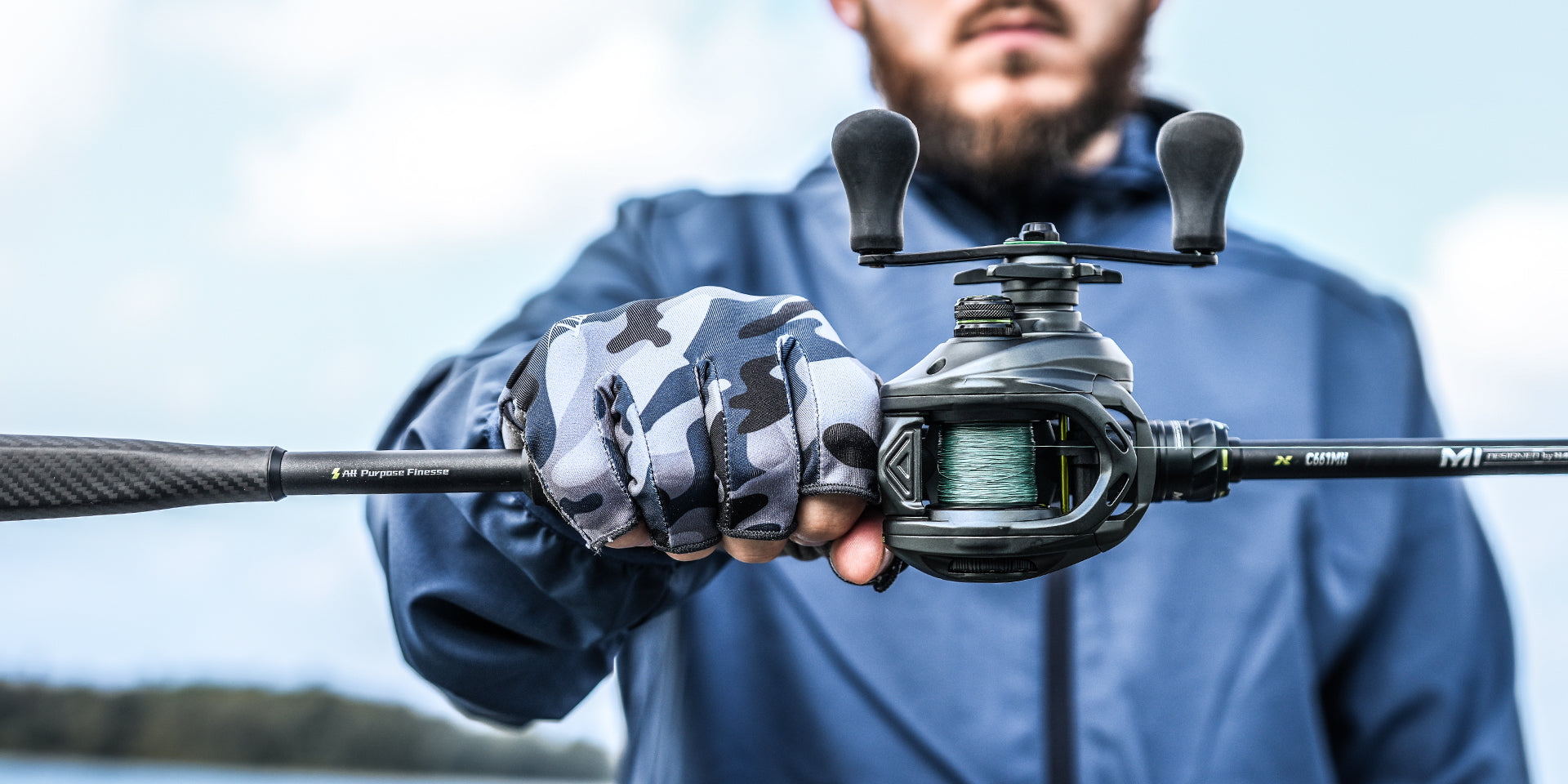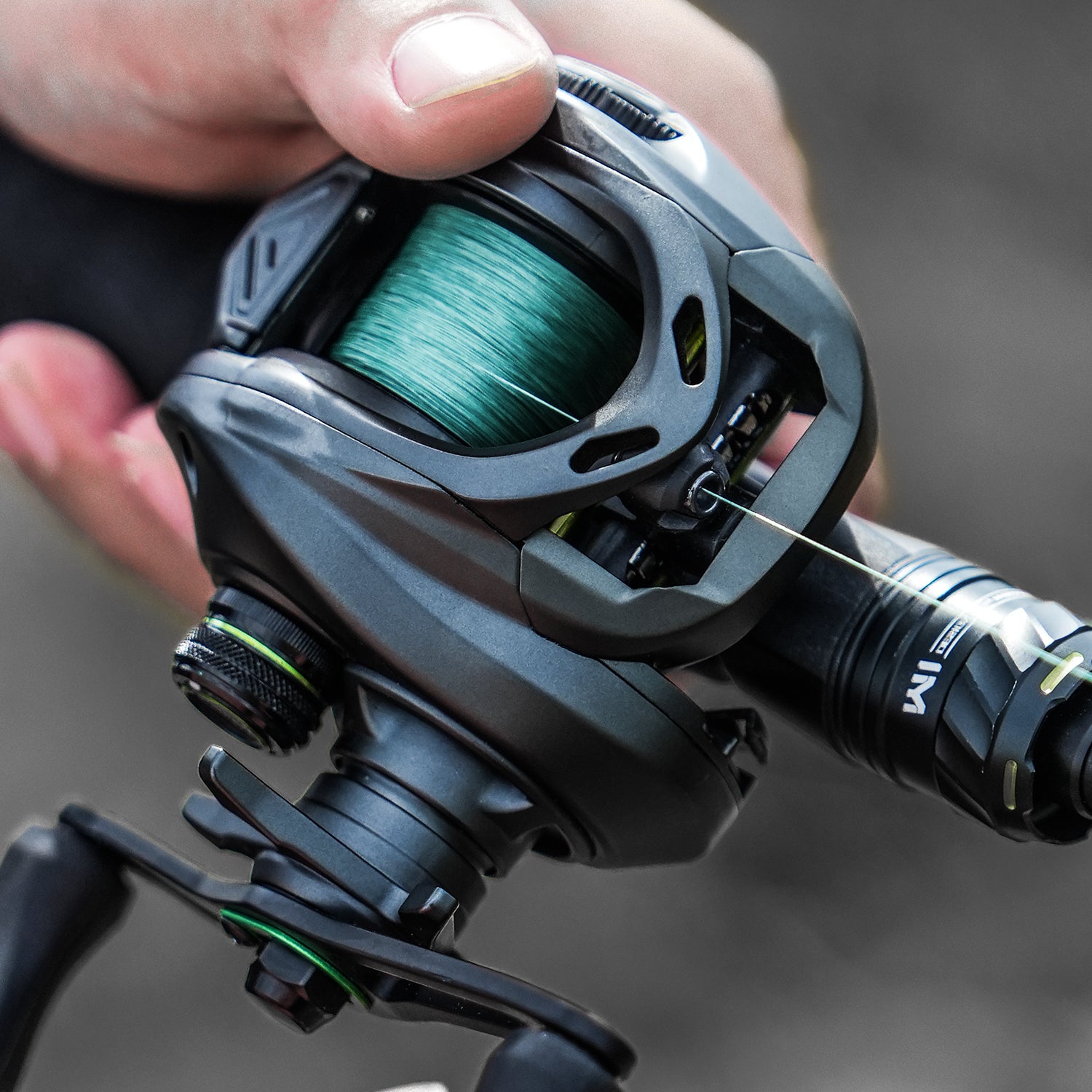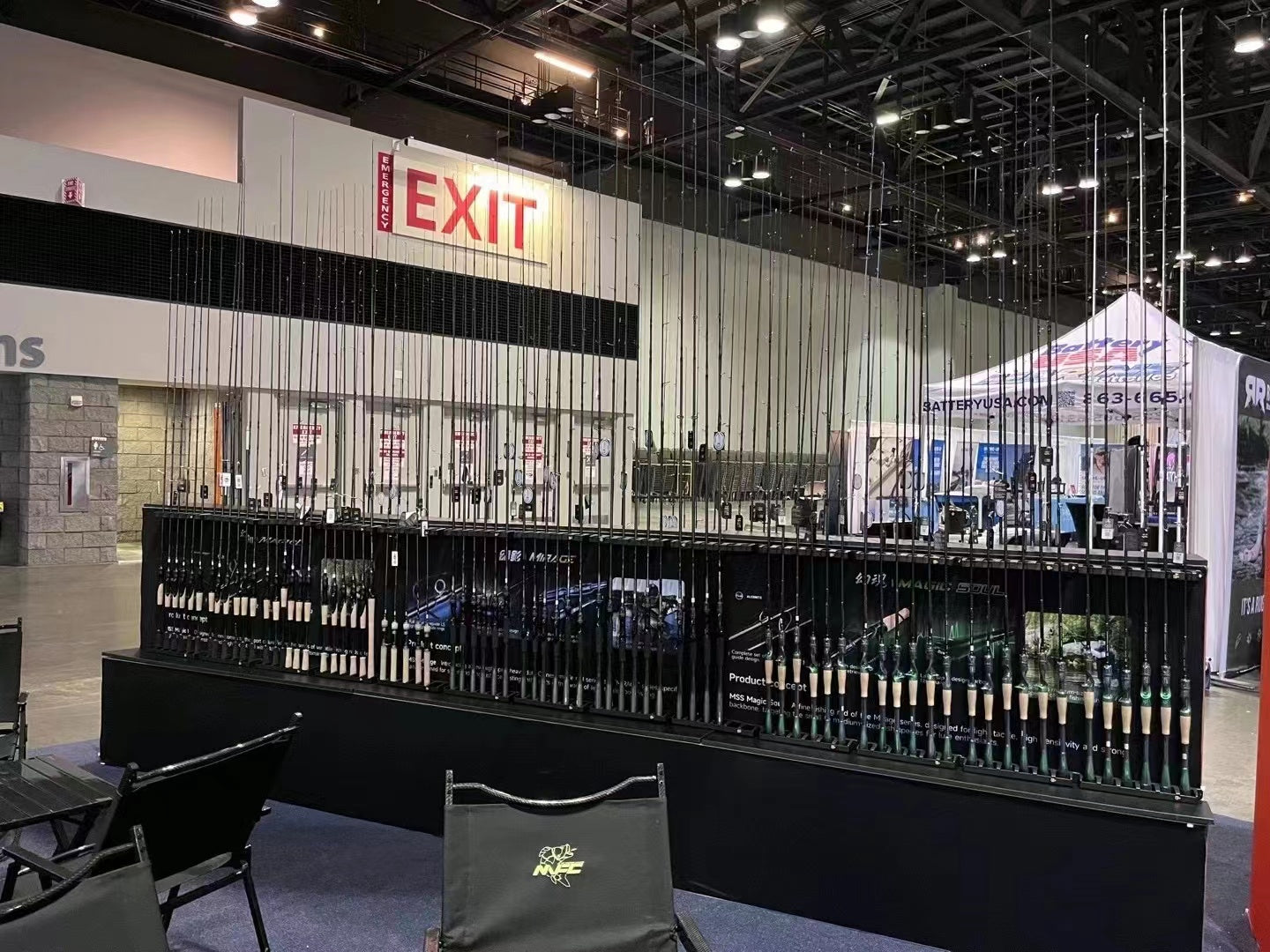Shopping online is overwhelming with a huge variety of choices from numerous varied lengths, materials, and price points. It is a dilemma that will be experienced by many beginner anglers when selecting their first rod. This guide is meant to simplify shopping online by monitoring the foremost considerations that are most vital: length, action, material, and cost. We'll show you how to choose step by step and recommend cheap alternatives that provide excellent value without draining your purse. Choosing the perfect rod is not about spending money—it's about getting the most out of your fishing trip. The perfect starter rod will accommodate your target species of fish and be appropriate for your surroundings, ensuring your excursion is fun.

Key Fishing Rod Terms You Need to Know
Prior to jumping into detailed suggestions, let's explain some basic fishing rod jargon:
✓ Length
Rod length is measured from the butt of the handle to the tip of the rod and typically ranges from 4 to 14 feet. Length impacts:
- Casting distance: Longer rods (7+ feet) generally cast farther
- Accuracy: Shorter rods offer better casting precision
- Control: Shorter rods provide greater control when fighting fish
- Maneuverability: Shorter rods are easier to handle in tight spaces
Most beginner fishing rods fall between 6 and 7 feet, offering a good balance of casting distance and control.
✓ Action
Action refers to the degree to which the rod bends under stress at the tip and where on the blank this bending occurs:
- Fast action: Bends primarily in the upper third of the rod; provides quick hook sets and greater sensitivity but less forgiveness
- Medium action: Bends in the upper half; offers a good balance of sensitivity and casting ability
- Slow action: Bends throughout most of the rod; provides maximum casting distance for lighter lures
For individuals who wish to choose the first fishing rod, medium action is mostly recommended since it gives versatility under numerous fishing conditions.
✓ Power
Power (sometimes called "backbone") indicates how much force is required to bend the rod:
| Power Rating | Best For |
| Ultra-light | Small species, light lures |
| Light | Panfish, trout, small bass |
| Medium | Bass, walleye, smaller catfish |
| Medium-heavy | Larger bass, pike, catfish |
| Heavy | Muskie, salmon, sturgeon |
Many of the best beginner rods feature medium power, offering versatility for various freshwater species.
✓ Material
Modern fishing rods are typically constructed from:
- Graphite: Lightweight and sensitive but more brittle
- Fiberglass: Durable and flexible but heavier
- Composite: Blend of graphite and fiberglass; balances sensitivity with durability
The majority of quality beginner rods use either composite or fiberglass materials, which are durable enough to withstand the process of learning that a new fisherman may take.
Key Considerations When Choosing Your First Fishing Rod

1. Target Fish Species
Prior to buying any gear, you must consider: "What kind of fish will I most frequently be catching?"
- Panfish & Trout: Light to medium-light power, 5-6.5 foot rod
- Bass: Medium power, 6-7 foot rod
- Catfish: Medium-heavy to heavy power, 7+ foot rod
- Saltwater species: Medium-heavy to heavy power with corrosion-resistant components
🔑 TIP: If you're not sure what your target species is, a 6'6" medium-power rod is likely the most versatile initial fishing rod choice, and it will handle a broad variety of freshwater species.
2. Fishing Environment
Where you intend to go fishing largely determines your choice of rod:
Freshwater vs. Saltwater
- Saltwater environments demand corrosion-resistant guides and reel seats
- Freshwater rods generally require less specialized protection
Shore Fishing vs. Boat Fishing
- Shore fishing benefits from longer rods (7-9 feet) for added casting distance
- Boat fishing is best paired with shorter rods (5.5-7 feet) for more control
Open Waters vs. Tight Spaces
- Open lakes and oceans: Longer rods do better
- Streams, rivers, and brushy areas: Shorter rods provide necessary maneuverability
⭐ REMEMBER: In selecting th first fishing rod, think about where you'll be doing most of your fishing. Environment more than anything else will dictate rod length.
3. Budget Constraints
There are good fishing rods at all price ranges:
- Entry-level ($30-$50): Suitable for occasional use; often fiberglass
- Mid-range ($50-$100): Good quality for regular use; typically composite
- Premium ($100+): Enhanced components and materials; often graphite
Most fishing rods for beginners fall in the $40-$80 range, offering reasonable quality without excessive cost. At this price point, focus on:
- Smooth, secure reel seats (aluminum or graphite)
- Quality line guides (ceramic inserts preferred)
- Comfortable handle materials (cork or EVA foam)
- Warranty coverage
Recommended Entry-Level Fishing Rods: Spinning Combos (Rod + Reel)

If you’re new to fishing and seeking the best gear to kickstart your angling journey, spinning combos (rod and reel sets) are an excellent choice. These combinations offer great value and simplify the often overwhelming task of selecting individual components.
Why Choose Spinning Combos?
Spinning combos are designed with compatibility in mind, ensuring that both the rod and reel work seamlessly together. This is particularly beneficial for beginners who might not be familiar with matching different types of fishing gear. Let’s break down what makes these combos ideal for newcomers:
- Versatile Rod Specs: Aim for a rod between 6'6" and 7' in length with medium power and fast action. This setup provides a good balance of strength and sensitivity, making it suitable for a wide range of fishing situations—from casting lighter lures to handling larger catches with ease.
- Optimal Reel Size: Look for a size 2500-3000 reel. These reels are versatile enough to handle various fishing situations and are easy to manage for those just learning the ropes.
- Ready-to-Fish Line Setup: Most spinning combos come pre-spooled with monofilament line. Monofilament is user-friendly and forgiving, perfect for someone who is still getting accustomed to casting techniques and handling fish.
The Advantage of All-in-One Sets
By choosing a spinning combo, you eliminate the guesswork associated with piecing together separate parts, allowing you to focus more on the experience rather than the equipment. These all-in-one packages typically provide better value than buying items individually, offering a practical and cost-effective solution for beginner anglers. In summary, opting for a spinning combo not only simplifies your entry into fishing but also enhances your overall experience. With the right setup, you can concentrate on honing your skills and enjoying the thrill of the catch!
Additional Equipment Considerations
Your first fishing rod is just one piece of a complete setup. Consider these complementary items:
Essential Accessories
- Reel: Must match the rod's specifications (spinning reel for spinning rod)
- Line: Monofilament (10-12 lb test) is versatile for beginners
- Basic tackle: Hooks, sinkers, bobbers, and a few lures appropriate for target species
- Tools: Line cutters, needle-nose pliers, and a small first-aid kit
Maintenance Basics
Extend the life of your beginner fishing rod with proper care:
- Rinse with fresh water after each use (especially after saltwater fishing)
- Store in a cool, dry place away from direct sunlight
- Transport in a protective tube or case when possible
- Inspect guides and connections regularly for damage
Hooked on Success
Selecting your initial fishing rod can be simple. If you understand rod specifications and pair them with your fishing conditions and target species, you can readily select a rod that will meet your building angling skills. The ideal beginner rod is not the most expensive—it's the one that is appropriate for your use and feels good in your hand. Choose a universal option to try out different fish styles, and upgrade as your interests and abilities grow. Fishing is a lifelong journey, and your initial rod is only the beginning of a rewarding path filled with memorable moments. Enjoy fishing!






